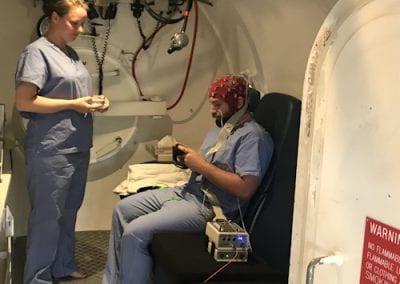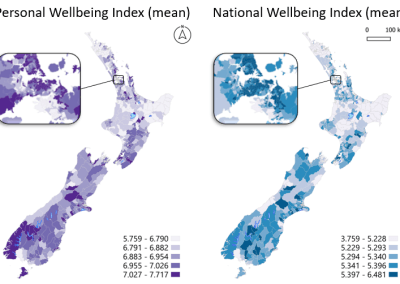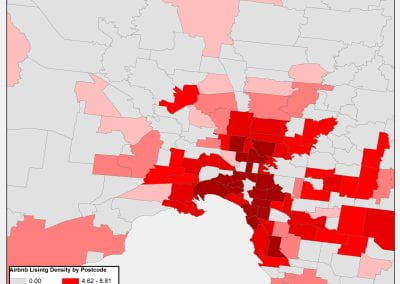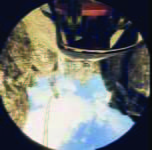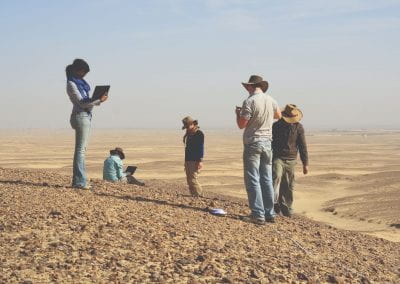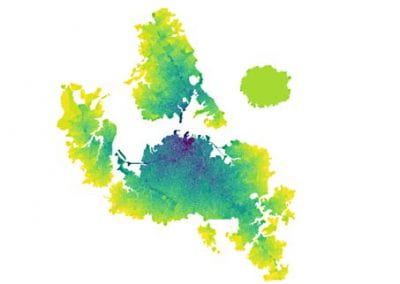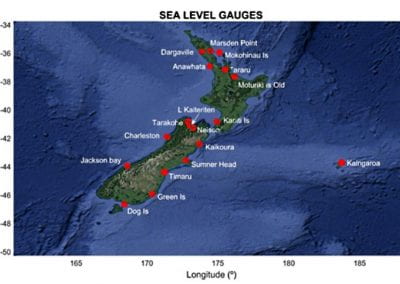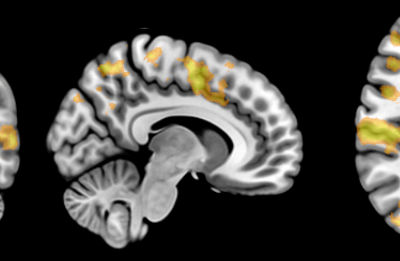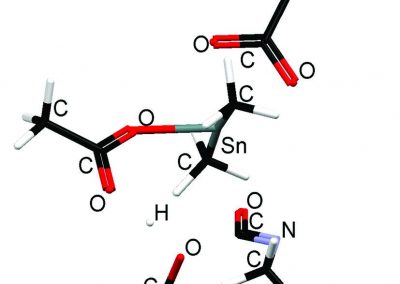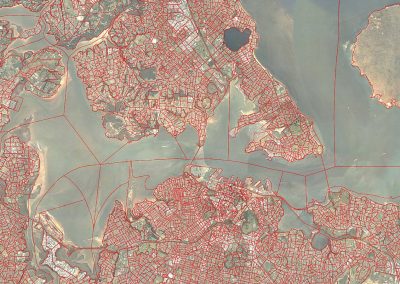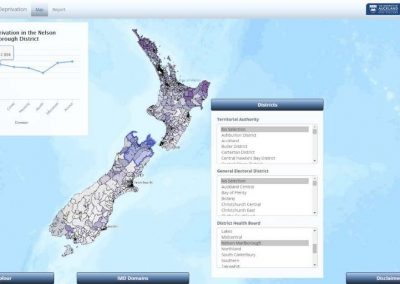
Optimising the new generation of wind turbines
In this simulation, each turbine operates individually and responds to the increased speed by changing its blade rotation speed and pitch angle. Although the gust starts out a large coherent structure (at the left-hand side of the picture), it is broken up by the presence of the front row of turbines and turbulent wakes are generated, which produce a very ‘messy’ flow at subsequent turbines. These messy wakes are responsible for high fluctuating loads on the turbine shafts. This work is world-leading, and has led to a number of recent high-profile publications. Other projects using the computing facilities of the NeSI Pan cluster include simulating the flow through the human upper airway, where turbulence is important in the mixing of gases, such as CO2 during the breathing cycle, and in the generation of some parts of speech (called fricatives).
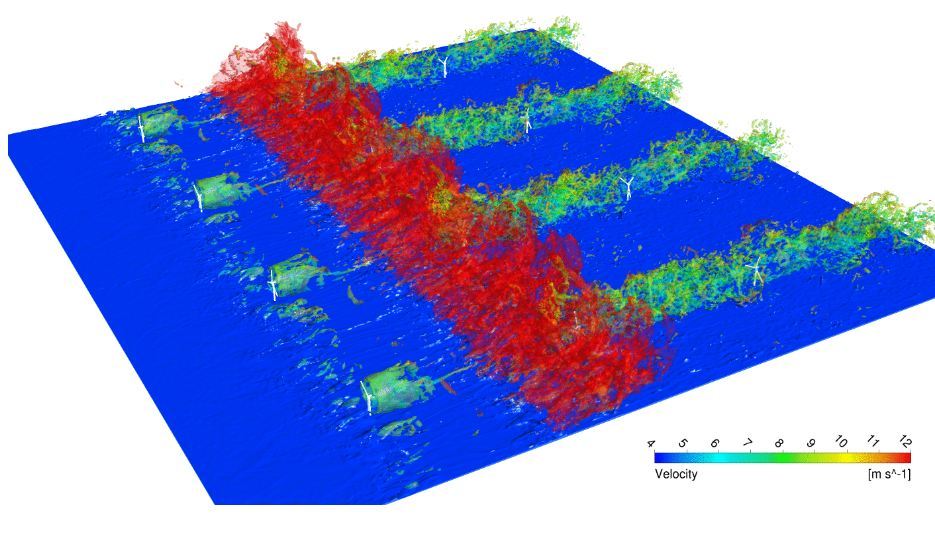
Simulating turbulent flows
The Pan cluster at the University of Auckland is used for a wide range of turbulent flow problems to generate statistically significant data sets to better model momentum and energy transport. These simulations produce enormous file sizes that are too large to be processed on desktop computers (more than 30GB per timestep, and hundreds of timesteps are needed). The large memory and storage capacity of Pan made these simulations possible. The turbulent flow data generated to date has been used to improve the efficiency of offshore wind farms, to create more sophisticated breathing support devices and to improve our understanding of sound production. The computational fluid dynamics (CFD) software called ANSYS with CFX is used for the simulations.
The next projects that will use Pan will be focussed on using turbulent flows to improve the productivity of the primary industries sector in NZ. Dr Cater’s group will use the parallel computing facilities on the Pan cluster to model the complex mechanics of the bovine rumen and to study the discharge of effluent in marine aquaculture such as that from mussel farms and fish cages.
See more case study projects

12 LABOURS – Enabling development and clinical translation of virtual human twins
2024, Auckland Bioengineering Institute, case study, Data Management, Data Storage, Faculty of Medical and Health Sciences, High Performance Computing, Instrument Data, Medical and Health Sciences, Research Cloud, showcase, Virtual Machines

Unravelling a clot-less link between atrial fibrillation and dementia
2024, case study, Data Storage, exercise science, Physiology, Research Cloud, Virtual Machines

Investigation of how VR/XR impact people’s cognition, sensory perception and movement choices
2024, Augmented Reality, case study, Dance Programme, Department of Computer Science, Faculty of Arts, Video and Animation, Virtual Reality

New Zealand coastline mapping, monitoring and updating – Resilience to Nature’s Challenges (RNC)
2024, case study, Computational Workflows, Data Visualisation, Environmental Sciences, National Science Challenge, School of Environment, showcase

Generating 3D point clouds of Māori stone artefacts for machine learning training
2024, Analytical Workflows, Auckland Bioengineering Institute, case study, Centre for eResearch, Computational Workflows, Data Transfer, History and Archaeology, Machine Learning, showcase

Automating data collection and generation for the Rongowai mission
2024, Analytical Workflows, case study, Centre for eResearch, Data Transfer, Data Visualisation, Department of Electrical Computer, Interactive Web Experience, showcase

Māori Pronunciation Aid Tool
2024, Audio Software, case study, Department of Electrical Computer, Engineering, Interactive Web Experience, Mechanical and Mechatronics, showcase

Our changing coast – sea level rise on Aotearoa’s dynamic margin
2024, case study, Interactive Web Experience, Mobile and Web Applications, School of Psychology

Seeding Through Feeding (SUN) project in High Value Nutrition – National Science Challenge
2024, case study, Data Management, Faculty of Medical and Health Sciences, National Science Challenge, Nutrition and Dietetics, Research Data, showcase

Building resilience in young people through sensing technology
2024, case study, Data Storage, Faculty of Medical and Health Sciences, Research Data, School of Computer Science, School of Population Health, showcase

Our Voices: using innovative techniques to collect, analyse and amplify the lived experiences of young people in Aotearoa
2024, case study, Centre for Machine Learning for Social Good, Data Storage, Faculty of Education and Social Work, Psychology and Cognitive Sciences, Virtual Machines

Southern Right Whale Tohora project
2024, case study, Data Visualisation, Geospatial, School of Biological Sciences

The impact of upzoning on housing construction in Auckland
2023, Analytical Workflows, Business school, case study, Economics, Geospatial, showcase
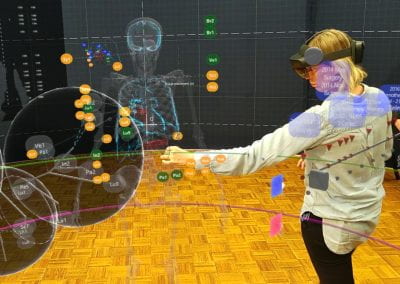
Extended reality is turning cancer research into a team sport
2023, Augmented Reality, case study, Centre for eResearch, Department of Molecular Medicine And Pathology, Medical and Health Sciences, School of Architecture and Planning, showcase, Virtual Reality
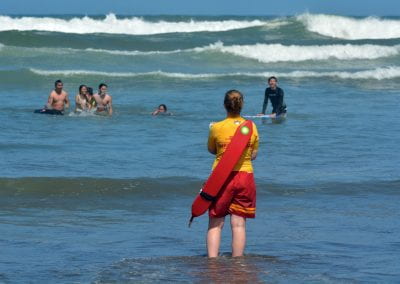
Analysis of incidents on New Zealand beaches
2023, Analytical Workflows, case study, Data Visualisation, Environmental Sciences, Geospatial, showcase
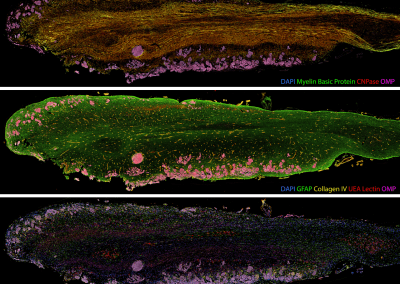
Painting the brain: multiplexed tissue labelling of human brain tissue to facilitate discoveries in neuroanatomy
2023, case study, Centre for Brain Research, Computational Workflows, showcase

Decoding the work-from-home phenomenon: insights from location-based service data
2023, Business school, Machine Learning, Property, Research Computing, School of Architecture and Planning, showcase

The use of digital footprints in the US mortgage market
2023, Business school, case study, Economics, GPU, Machine Learning, Research Computing, showcase

Detecting anomalous matches in professional sports: a novel approach using advanced anomaly detection techniques
2023, Business school, case study, Economics, GPU, Research Cloud, Research Computing, showcase

Benefits of linking routine medical records to the GUiNZ longitudinal birth cohort: Childhood injury predictors
2023, case study, Data Visualisation, Epidemiology and Biostatistics, School of Population Health, showcase
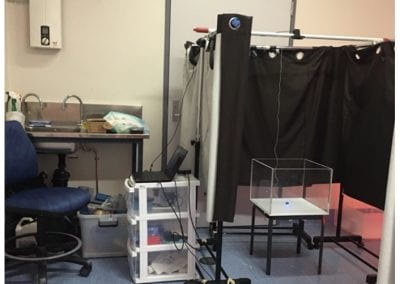
Using a virtual machine-based machine learning algorithm to obtain comprehensive behavioural information in an in vivo Alzheimer’s disease model
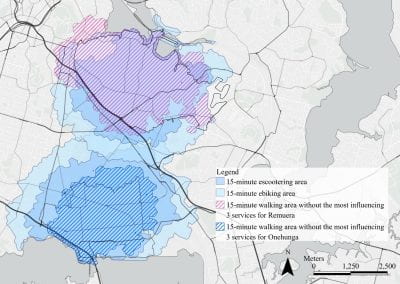
Mapping livability: the “15-minute city” concept for car-dependent districts in Auckland, New Zealand
2023, case study, Data Visualisation, School of Architecture and Planning, showcase

Video compression for REACH Lab’s study of family resilience and wellbeing
2023, case study, Psychology and Cognitive Sciences, showcase, Video and Animation
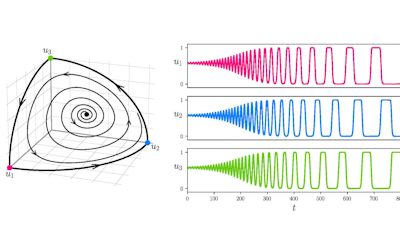
Listening to equations: a tool for the audification of heteroclinic networks
2023, Audio Software, case study, Mathematical Sciences, showcase
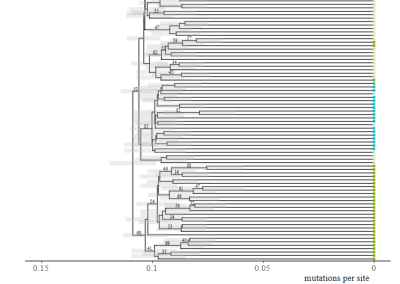
Accounting for Errors in Data Improves Divergence Time Estimates in Single-cell Cancer Evolution
2022, case study, Research Cloud, School of Computer Science, Virtual Machines
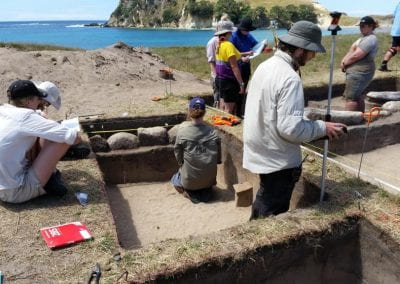
Ahuahu Great Mercury Island Online Database
2022, case study, Centre for eResearch, Data Publishing, Data Storage, School of Social Sciences
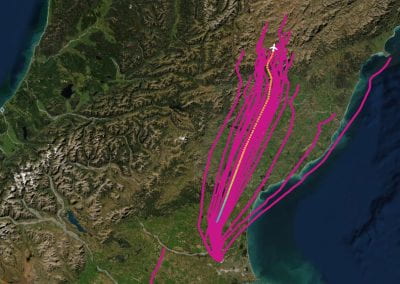
Automating Data Collection and Generation for The Rongowai Mission
2022, case study, Data Transfer, Data Visualisation, Engineering
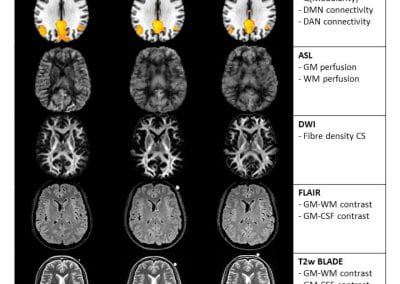
Travelling Heads – Measuring Reproducibility and Repeatability of Magnetic Resonance Imaging in Dementia
2022, case study, Centre for Brain Research, Data Storage, Psychology and Cognitive Sciences, Research Computing, Virtual Machines
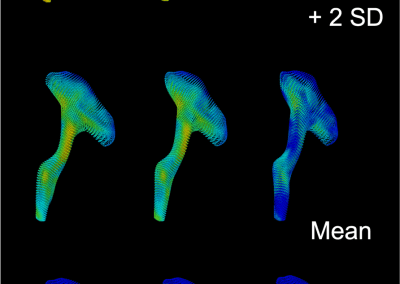
Novel Subject-Specific Method of Visualising Group Differences from Multiple DTI Metrics without Averaging
2022, Auckland Bioengineering Institute, case study, Data Storage, Department of Engineering Science, Faculty of Engineering, Medical and Health Sciences

Interpretation of Non-coding Mutations Driving Melanoma Risk and Its Comorbidities
2022, case study, Data Storage, Faculty of Medical and Health Sciences, Liggins Institute
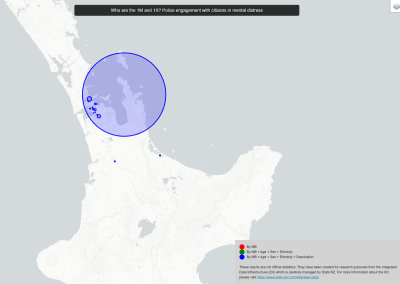
Who Are The 1M and 1X? Police Engagement with Citizens in Mental Distress
2022, case study, Faculty of Medical and Health Sciences, Geospatial, Interactive Web Experience, School of Population Health
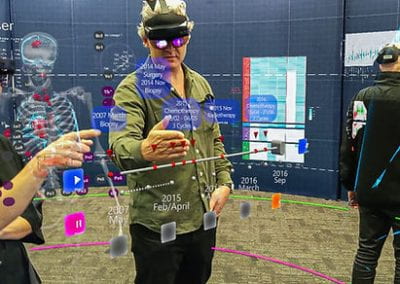
Representation of Multimodel Data – A Challenging Task
2022, Augmented Reality, case study, Centre for eResearch, Faculty of Medical and Health Sciences, School of Architecture and Planning
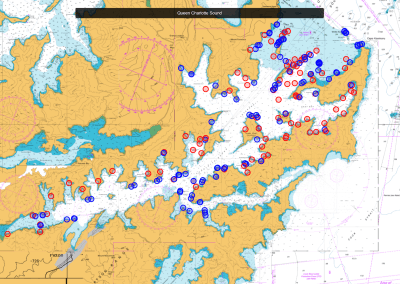
Assessing Marine Ecosystems to Improve Management
2022, case study, Data Visualisation, Environmental Sciences, School of Environment

Metadata Catalogue in High Value Nutrition (National Science Challenge)
2022, Augmented Reality, case study, Liggins Institute, Medical and Health Sciences
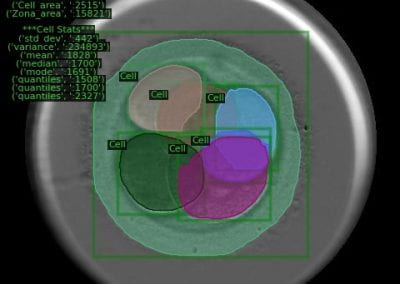
Improving In Vitro Fertilisation (IVF) with Machine and Deep Learning
2022, Department of Molecular Medicine And Pathology, Machine Learning, Research Cloud, Virtual Machines

Developing a genomics-specific Data Management Plan (DMP) using the Data Stewardship Wizard
2021, case study, Data Management, Department of Molecular Medicine And Pathology, Faculty of Medical and Health Sciences, showcase
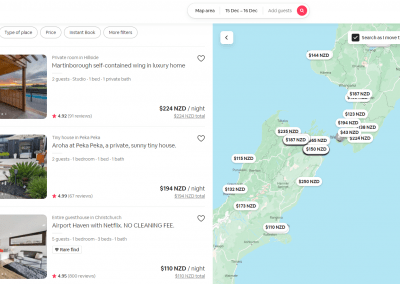
Understanding the effects of Airbnb on land use, land value and regulation
2021, case study, Data Visualisation, School of Architecture and Planning, showcase, Virtual Machines

Calibrating gravitational wave signal parameters of Extreme Mass Ratio Inspirals (EMRIs)
2021, case study, Department of Mathematics, Department of Physics, Faculty of Science, showcase, Virtual Machines
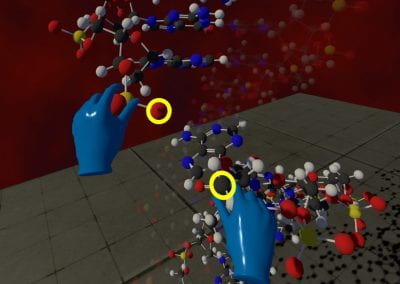
Hands-on DNA: exploring the impact of virtual reality on teaching DNA structure and function
2021, Bioinformatics Institute, Biological Sciences, case study, Department of Computer Science, showcase, Video and Animation, Virtual Reality

Re-assess urban spaces under COVID-19 impact: sensing Auckland social ‘hotspots’ with mobile location data
2021, case study, Data Visualisation, Interactive Web Experience, School of Architecture and Planning
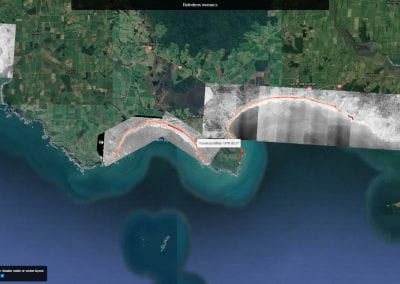
Aotearoa New Zealand’s changing coastline – Resilience to Nature’s Challenges (National Science Challenge)
2021, case study, Data Visualisation, Environmental Sciences, Faculty of Science, Interactive Web Experience, School of Environment, showcase
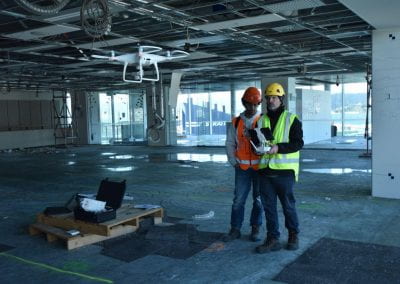
Rapid monitoring of infrastructural health using remote sensing
2021, case study, Civil and Environmental Engineering, Faculty of Engineering, Research Cloud, Research Computing, showcase

Enhancing Spontaneous Recovery after Stroke Study (ESPRESSo)
2021, case study, exercise science, Faculty of Science, Machine Learning, Research Computing

Data analytics and visualisation for improving public health and transport planning
2021, case study, Centre for eResearch, Data Visualisation, Department of Computer Science, Epidemiology and Biostatistics, Faculty of Science, Machine Learning, Simulation and Modelling, Workshop

Data maturity project in High Value Nutrition (Phase 2) – National Science Challenge
2021, case study, Centre for eResearch, Data Management, Faculty of Medical and Health Sciences, Liggins Institute, Medical and Health Sciences, NSC, Research Data, showcase

Supporting the airborne remote sensing mission – Rongowai
2021, case study, Data Storage, Data Transfer, Data Visualisation, Engineering, Faculty of Engineering, Interactive Web Experience, showcase
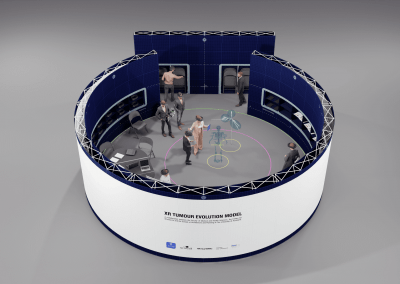
A collaborative extended reality tool to examine tumour evolution (Phase II)
2021, Augmented Reality, case study, Faculty of Medical and Health Sciences, Medical and Health Sciences, School of Architecture and Planning, showcase

Data maturity project in High Value Nutrition, National Science Challenge
2020, case study, Data Management, Data Storage, Data Transfer, Medical and Health Sciences, National Science Challenge, Research Data, showcase

Haka on the move: sport circuits and cultural performance
2020, case study, Data Visualisation, Faculty of Creative Arts and Industries, Māori and Pacific Studies, showcase
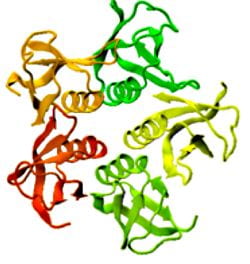
Proteins under a computational microscope: designing in-silico strategies to understand and develop molecular functionalities in Life Sciences and Engineering
2020, Biological Sciences, case study, Faculty of Science, Research Cloud, School of Biological Sciences, showcase, Virtual Machines
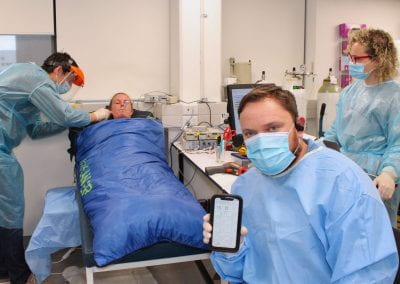
Remote temperature monitoring to reduce the spread of COVID-19
2020, case study, Department of Medicine, exercise science, Faculty of Medical and Health Sciences, School of Population Health, showcase

COVID-19 exponential growth visualisation
2020, case study, Faculty of Medical and Health Sciences, School of Population Health, showcase
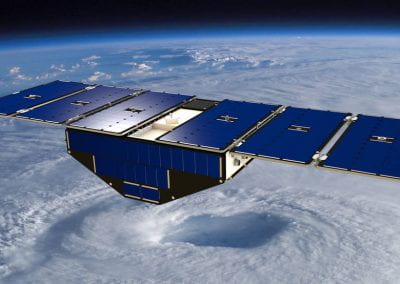
Developing virtual capabilities for the Science Payload Operations Centre
2020, case study, Data Management, Engineering, Faculty of Engineering, Instrument Data, showcase

Hosting visualisation and analytics tools for COVID-19 studies
2020, case study, Data Visualisation, showcase, TPM, Virtual Machines

Exploring perceptions towards climate change over time on Twitter
2020, case study, Environmental Sciences, School of Environment, Simulation and Modelling
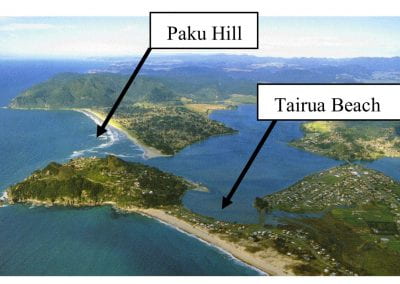
Coastal image classification and nalysis based on convolutional neural betworks and pattern recognition
2020, case study, Centre for eResearch, Department of Computer Science, Machine Learning, Research Computing, Simulation and Modelling

Calcium signalling in salivary gland acinar cells
2020, case study, Mathematical Sciences, Research Computing, Virtual Machines

Anti-corruption regulations for promoting socially responsible practices
2020, case study, Faculty of Business and Economics, showcase, Virtual Machines
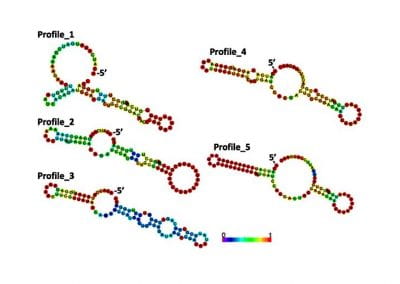
Determinants of translation efficiency in the evolutionarily-divergent protist Trichomonas vaginalis
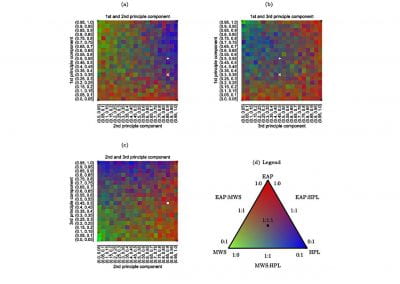
Analysing text data by time-series feature engineering
2020, case study, Department of Computer Science, Department of Engineering Science, showcase, Virtual Machines

An investigation into Leap Motion device for “gesture-as-sign”
2020, case study, Faculty of Creative Arts and Industries, Machine Learning, showcase

Antibiotic resistance and the “end of modern medicine ”
2020, case study, Department of Molecular Medicine And Pathology, Interactive Web Experience, showcase

Evenly spaced observation fields from irregularly sampled data in the Southern Ocean
2019, case study, Data Visualisation, Environmental Sciences, School of Environment
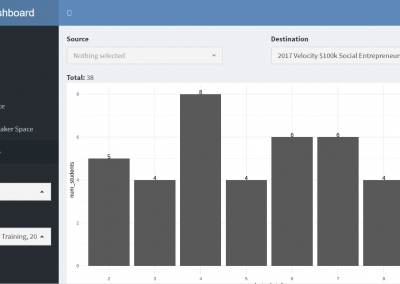
Measuring impact of entrepreneurship activities on students’ mindset, capabilities and entrepreneurial intentions
2019, case study, Data Visualisation, Interactive Web Experience

Using Zebra Finch data and deep learning classification to identify individual bird calls from audio recordings

NETwork! analysis in cancer – managing genomics research data and building a repository workflow
2019, case study, Data Management, Data Storage, Data Transfer, Faculty of Medical and Health Sciences, Research Data
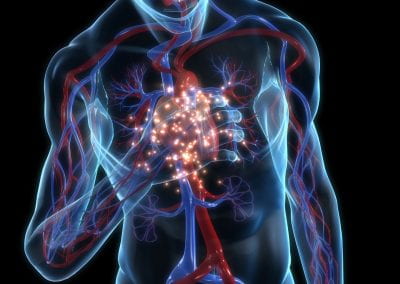
The Coronary Atlas – data processing workflow optimisation
2019, Analytical Workflows, case study, Department of Computer Science, Faculty of Medical and Health Sciences, Medical and Health Sciences, School of Biological Sciences

3D visualisation of indigenous burial site in Roonka
2019, case study, Data Visualisation, History and Archaeology
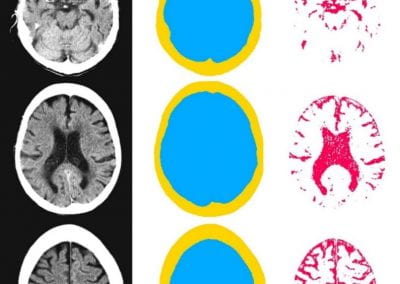
Automated measurement of intracranial cerebrospinal fluid volume and outcome after endovascular thrombectomy for ischemic stroke
2019, Computational Workflows, Department of Computer Science, Department of Medicine, Faculty of Medical and Health Sciences, Medical and Health Sciences, Research Computing, Virtual Machines
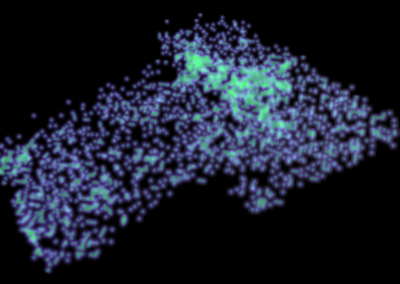
A new ‘stratigraphy’: interpreting object relationships with 3D point densities
2019, case study, Data Visualisation, History and Archaeology
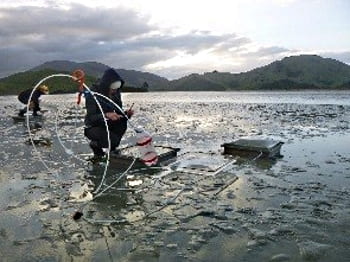
Using simple models to explore complex dynamics: A case study of macomona liliana (wedge-shell) and nutrient variations
2019, case study, Data Visualisation, Environmental Sciences, School of Environment

Development of Machine Learning methodology for genomic research
2019, case study, Department of Computer Science, Faculty of Science, Machine Learning, Research Computing
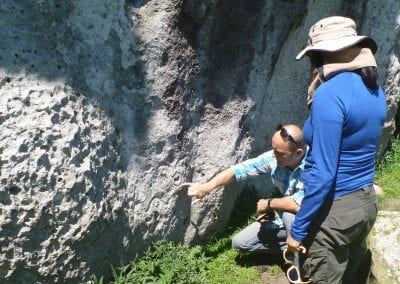
An Archaeological database for threatened North Island rock art in New Zealand
2019, Analytical Workflows, case study, Data Management, Data Storage, School of Social Sciences

Presence: distributed mixed reality learning environment
2018, Augmented Reality, Business school, case study, Virtual Reality

Digital video and the early learning lab
2018, case study, Data Management, Psychology and Cognitive Sciences
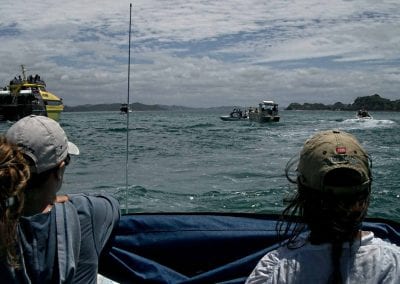
Publishing the Bay of Island Bottlenose dolphin catalogue
2018, Biological Sciences, case study, Data Publishing, Institute of Marine Science, Research Data
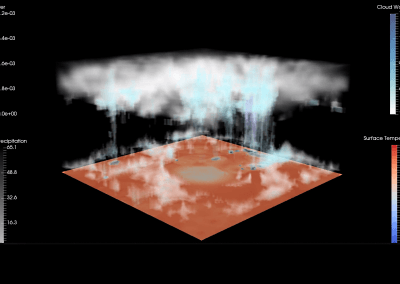
Modelling the diurnal cycle* of winds and clouds
2018, case study, Data Visualisation, Department of Physics, Physical Sciences, Video and Animation
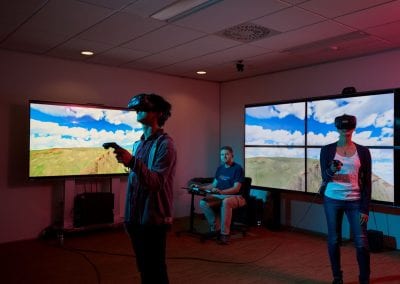
Presence: distributed mixed reality learning environment
2018, Augmented Reality, Business school, case study, Virtual Reality

Genomic Virtual Lab (GVL) as a bioinformatics training platform
2018, case study, Department of Molecular Medicine And Pathology, Research Cloud, Research Computing

SwiftLaTeX- Exploring web-based true WYSIWYG editing for digital publishing
2018, case study, Data Publishing, Department of Computer Science, Virtual Machines
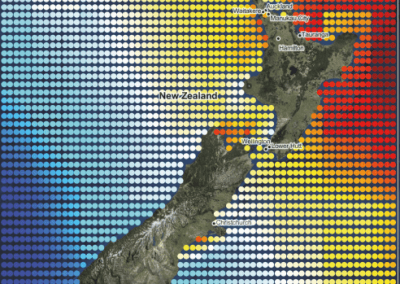
Climate change impacts on weather-related hazards
2018, case study, Data Visualisation, Environmental Sciences, Interactive Web Experience
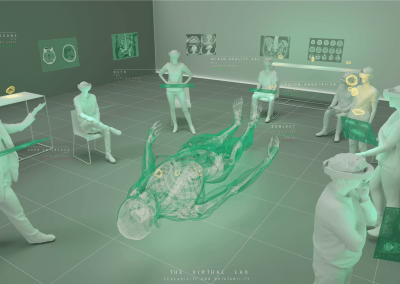
Understanding tumour evolution through augmented reality
2018, Augmented Reality, case study, Data Visualisation, Medical and Health Sciences, School of Architecture and Planning, Virtual Reality
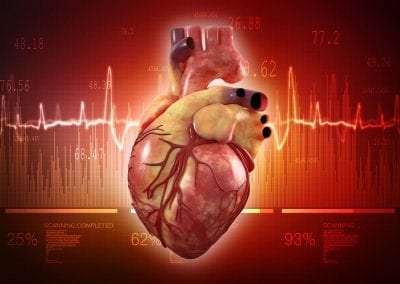
Myocardial motion tracking and strain calculation using Deep Learning networks
2018, case study, Medical and Health Sciences, Research Cloud, Research Computing, showcase

OnTask pilot at the Centre for Learning and Research in Higher Education
2018, case study, Faculty of Education and Social Work, Research Cloud, Research Computing, showcase
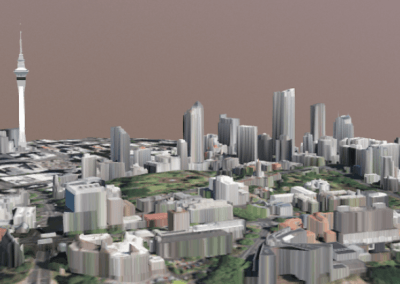
Visualising the University campus in 3D
2018, case study, Centre for eResearch, Community, Data Visualisation, Interactive Web Experience
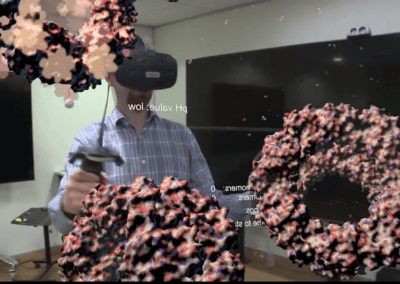
Visualising protein interaction
2018, Biological Sciences, case study, Centre for eResearch, School of Biological Sciences, showcase, Virtual Reality
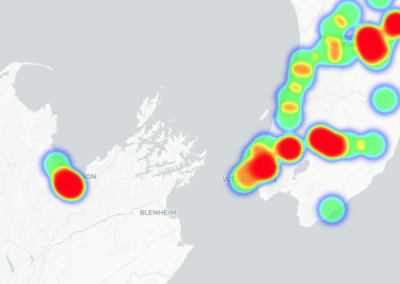
Biological heritage National Science Challenge eDNA virtual hub
2018, Biological Sciences, case study, CoRE, School of Biological Sciences

Interactive AR art – Project Gordon
2018, case study, Faculty of Creative Arts and Industries, showcase
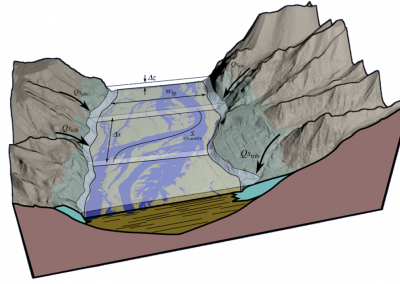
1-D numerical models of post-glacial river evolution
2013, case study, Environmental Sciences, High Performance Computing, Research Computing, School of Environment, Service
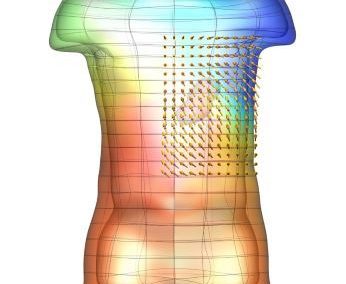
Mathematically modelling gastrointestinal electrical activity
2013, Auckland Bioengineering Institute, case study, High Performance Computing, Research Computing, Service
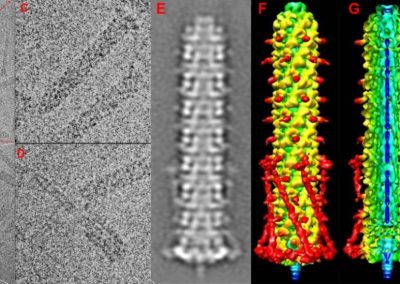
3D Cryo-EM reconstructions of macromolecular complexes
2013, Biological Sciences, case study, High Performance Computing, Research Computing, School of Biological Sciences, Service
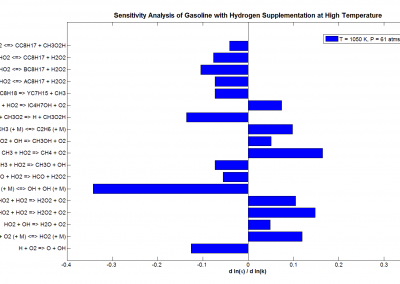
Engine knock in a spark-ignition engine with hydrogen supplementation
2013, case study, Department of Mechanical Engineering, High Performance Computing, Research Computing, Service
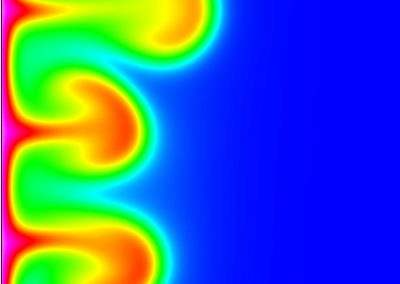
The complex unsteady flow within a fluid-filled annulus and its transition to turbulence
2013, case study, Department of Engineering Science, High Performance Computing, Research Computing, Service
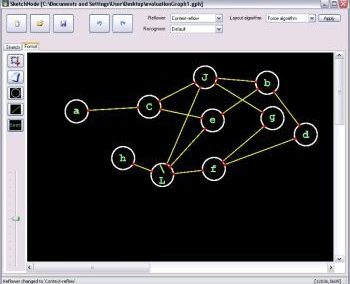
Using data mining for digital ink recognition
2013, case study, Department of Computer Science, High Performance Computing, Research Computing, Service

The landscape costs of brushtail possum dispersal
2013, case study, Environmental Sciences, High Performance Computing, Research Computing, School of Environment, Service
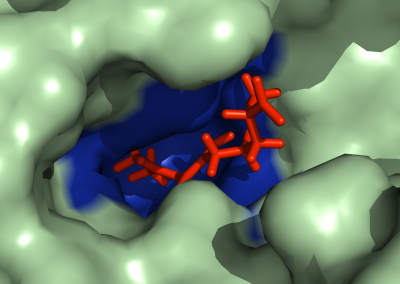
Accelerating the discovery of natural products made by orphan megasynthases
2013, Biological Sciences, case study, High Performance Computing, Research Computing, School of Biological Sciences, Service
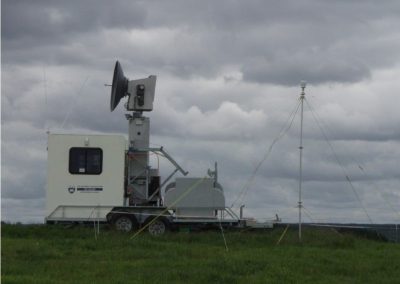
Improving the short term precipitation forecasts for New Zealand
2013, case study, Department of Physics, High Performance Computing, Research Computing, Service
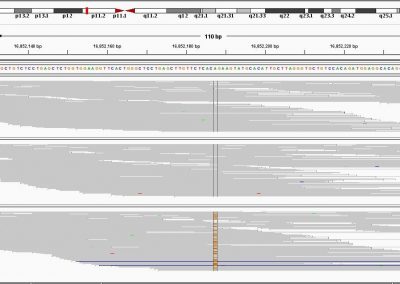
Finding genetic variants responsible for human disease hiding in the universe of benign variants
2013, Biological Sciences, case study, High Performance Computing, Research Computing, School of Biological Sciences
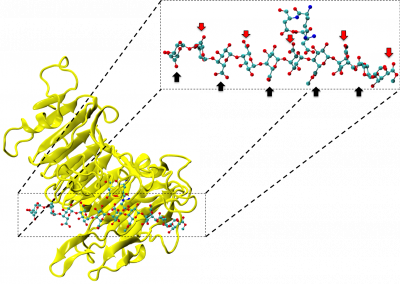
Revealing key processes in enzyme efficiency through high performance computing
2013, case study, Chemical Sciences, High Performance Computing, Research Computing, School of Chemical Sciences, Service
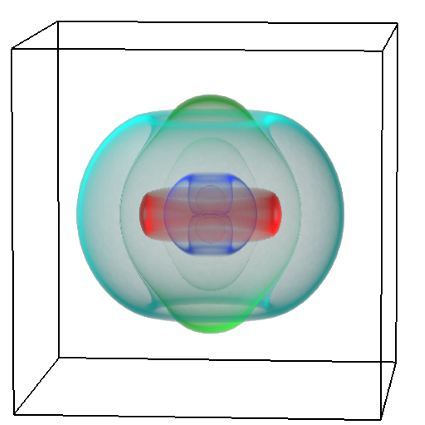
3D Electromagnetic modeling and simulation using heterogeneous computing
2013, case study, Earth Sciences, High Performance Computing, Institute of Earth Science and Engineering, Research Computing, Service
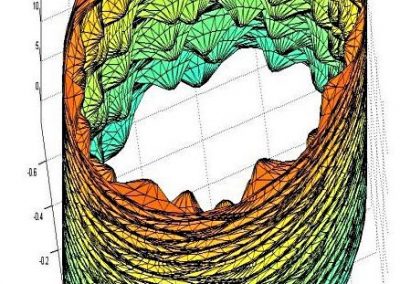
Hemodynamics in the microcirculation
2013, case study, Department of Engineering Science, High Performance Computing, Research Computing, Service
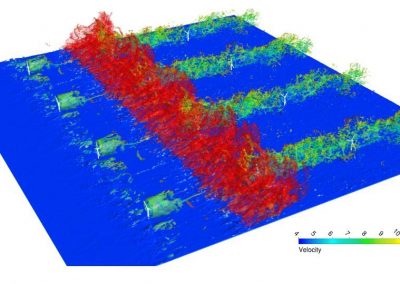
Putting turbulence to work
2013, case study, Department of Engineering Science, High Performance Computing, Research Computing, Service
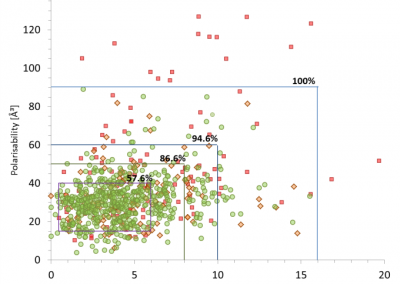
Why are some molecules drugs?
2013, case study, Chemical Sciences, High Performance Computing, Research Computing, School of Chemical Sciences, Service
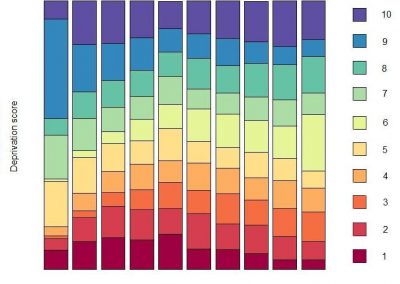
Bayesian additive regression trees vs logistic regression – estimation of propensity scores
2013, case study, Department of Statistics, High Performance Computing, Research Computing, Service
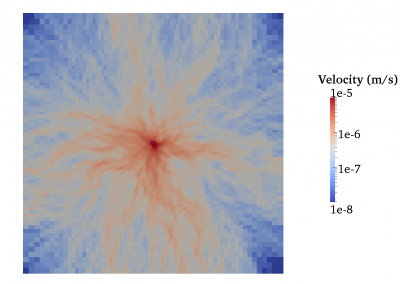
Fully coupled thermo-hydro-mechanical modelling of permeability enhancement by the finite element method
2013, case study, Department of Engineering Science, High Performance Computing, Research Computing, Service
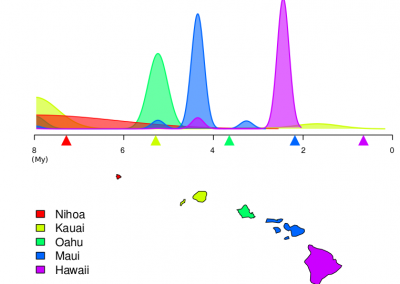
Modelling dispersal and ecological competition in a statistical phylogeographic framework
2013, case study, Department of Statistics, High Performance Computing, Research Computing, Service

Studying the shape and the size of the universe
2013, case study, Department of Physics, High Performance Computing, Research Computing, Service
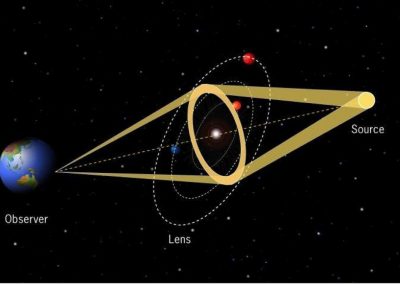
Planet hunting
2013, case study, Department of Physics, High Performance Computing, Research Computing, Service
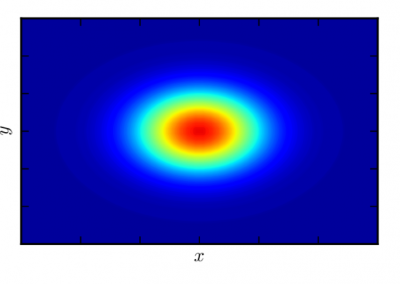
Simulating quantum mechanics on high performance computing cluster
2013, case study, Department of Physics, High Performance Computing, Research Computing, Service
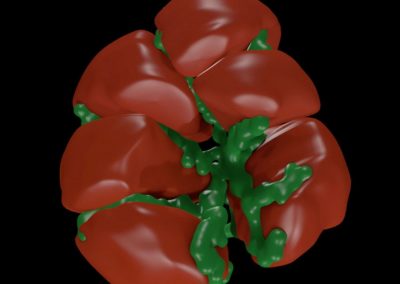
Multiscale modelling of saliva secretion
2014, case study, Department of Mathematics, High Performance Computing, Research Computing
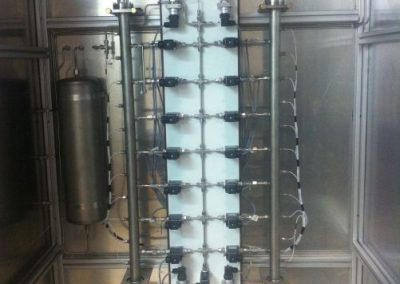
Modelling dual reflux pressure swing adsorption (DR-PSA) units for gas separation in natural gas processing
2014, case study, High Performance Computing, Research Computing, Service
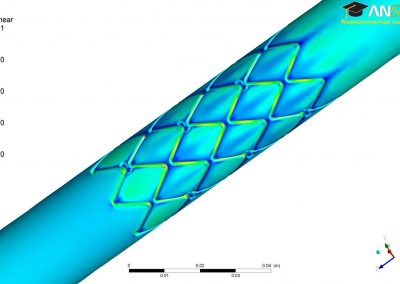
Improving the treatment of heart disease
2014, case study, Faculty of Medical and Health Sciences, High Performance Computing, Research Computing
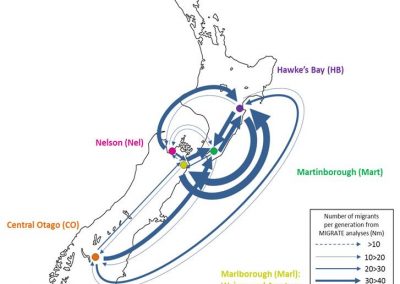
Estimating migration rates in the budding yeast Saccharomyces cerevisiae
2014, Biological Sciences, case study, High Performance Computing, Research Computing, School of Biological Sciences, Service
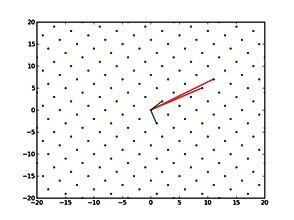
Number theoretic algorithms in cryptography
2014, case study, Department of Mathematics, High Performance Computing, Research Computing, Service

Molecular phylogenetics uses genetic data to reconstruct the evolutionary history of individuals, populations or species
2014, case study, High Performance Computing, Research Computing, Service
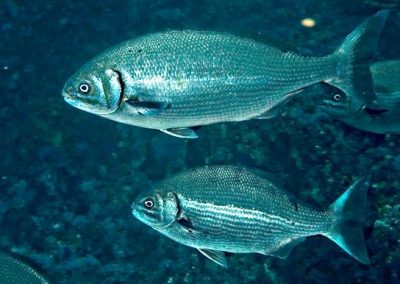
Phylogeny and phylogeography of the family kyphosidae (Perciformes: teleostei)
2014, Biological Sciences, case study, High Performance Computing, Research Computing, School of Biological Sciences
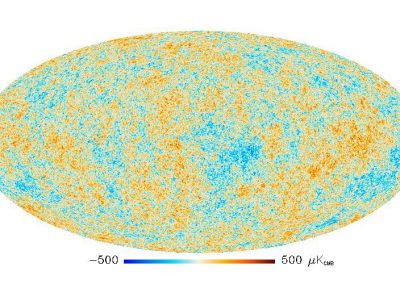
Testing what cosmic inflation really predicts
2014, case study, Department of Physics, High Performance Computing, Research Computing, Service
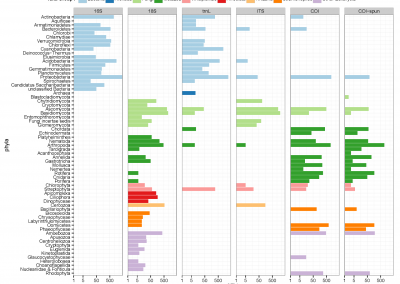
Multigene environmental DNA data analysis for New Zealand genomic observatory
2014, Biological Sciences, case study, High Performance Computing, NZGO, Research Computing, School of Biological Sciences

Finding genetic variants responsible for human disease hiding in universe of benign variants
2014, Biological Sciences, High Performance Computing, Research Computing, School of Biological Sciences, Service

BEAST, Bayesian evolutionary analysis sampling trees
2014, Department of Computer Science, High Performance Computing, Research Computing

The formation of surface archaeological deposits in arid Australia
2014, case study, High Performance Computing, Research Computing, School of Social Sciences, Service
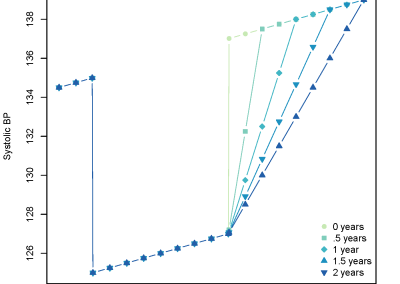
Statistical modelling of carryover effects after cessation of treatments
2015, case study, Department of Statistics, High Performance Computing, Research Computing, Service
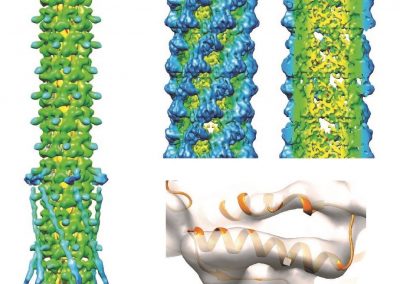
High-resolution cryo-electron microscopy of protein complexes and machines
2015, Biological Sciences, case study, High Performance Computing, Research Computing, School of Biological Sciences, Service
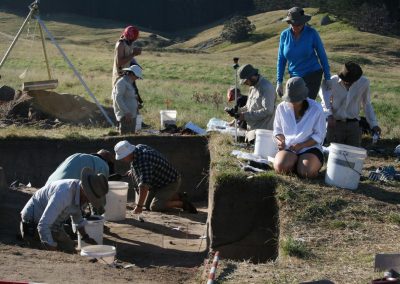
ARCI, archaeology eResearch collaboration initiative
2015, Analytical Workflows, case study, Centre for eResearch, Mobile and Web Applications, School of Social Sciences, Service, Software Development
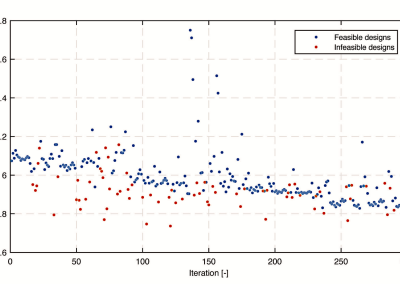
Optimisation of blades on large wind turbines with individual pitch control and trailing edge flaps
2015, case study, Department of Mechanical Engineering, High Performance Computing, Research Computing, Service, Virtual Machines
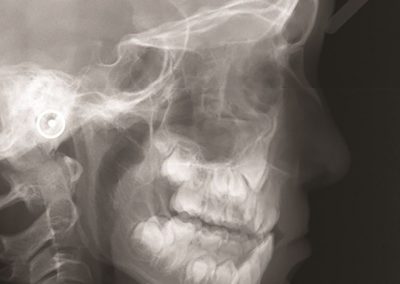
Quality of care and outcomes in children with cleft lip and/or palate
2015, case study, Data Storage, Research Computing, Research Data, Service, Virtual Machines
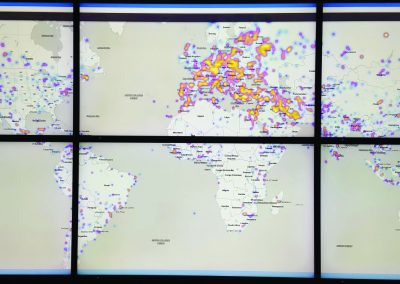
Geographic and temporal information retrieval on massive document collections
2015, case study, Data Visualisation, Department of Computer Science, High Performance Computing, Research Computing
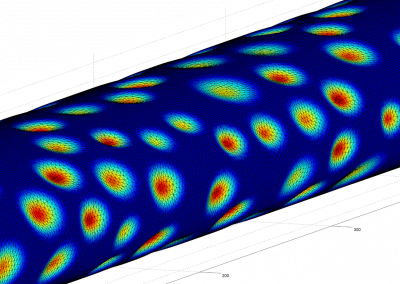
Homodynamics in the microcirculation
2015, case study, Department of Engineering Science, High Performance Computing, Research Computing
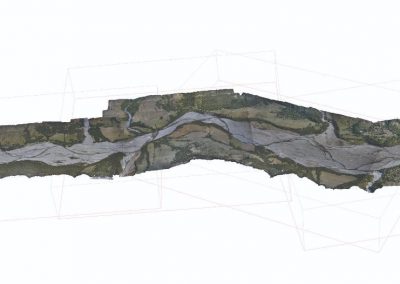
Processing structure-from-motion photogrammetry on the cluster
2015, case study, Data Visualisation, High Performance Computing, School of Environment, Service
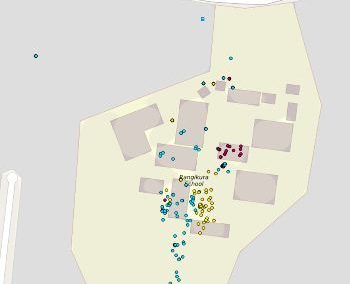
Virtual childhood obesity prevention laboratory
2016, case study, Centre for eResearch, Machine Learning, Research Computing, School of Population Health, Service

Giving Pacific research greater reach
2017, case study, Community, Data Publishing, Research Data, Service, Training and Enablement
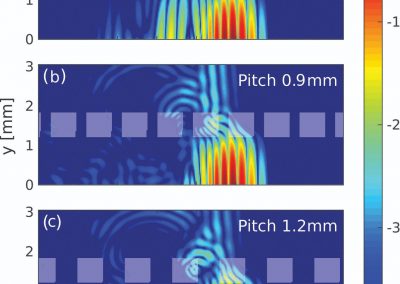
Development of novel waveguides in the terahertz (THz) region
2015, Department of Physics, High Performance Computing, Research Computing

Modelling of costs of diets by INFORMAS
2016, Analytical Workflows, case study, Centre for eResearch, Faculty of Medical and Health Sciences, Mobile and Web Applications, School of Population Health, Software Development

Foodback
2016, case study, Centre for eResearch, Medical and Health Sciences, Mobile and Web Applications, School of Population Health, Service, Software Development
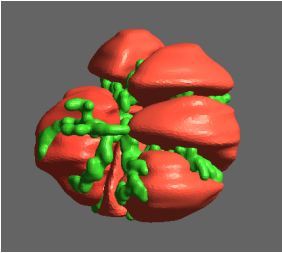
Finite element method code for modelling biological cells
2016, case study, Department of Mathematics, High Performance Computing, Research Computing, Service
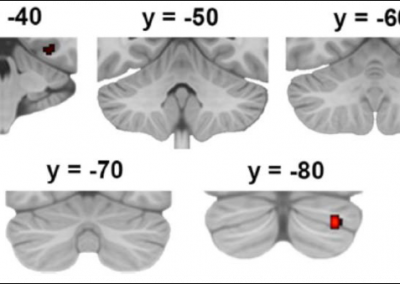
The future of memory: Neuroimaging memory and imagination with functional MRI
2016, case study, Centre for Brain Research, Faculty of Science, Instrument Data, Psychology and Cognitive Sciences, School of Psychology, Virtual Machines
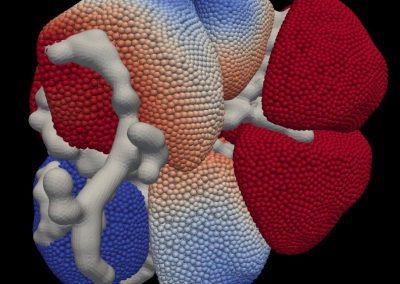
Modelling and visualisation of calcium waves in parotid acinar cells
2015, case study, Data Visualisation, High Performance Computing, Research Computing, Service, Virtual Reality
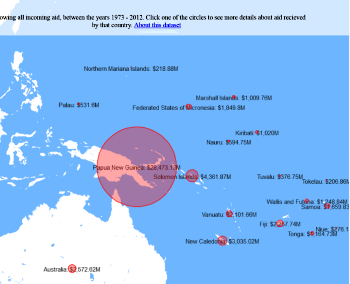
Mapping donor contributions in the Pacific
2016, case study, Centre for eResearch, Data Visualisation, Interactive Web Experience, New Zealand Institute for Pacific Research, Service

Visualising humpback whale migration
2016, Biological Sciences, case study, Centre for eResearch, Data Visualisation, Institute of Marine Science, Interactive Web Experience, School of Biological Sciences, Service
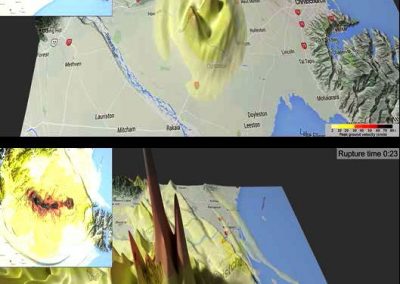
Visualising the 2010 and 2011 Canterbury earthquakes
2016, case study, Centre for eResearch, CoRE, Data Visualisation, Service, Video and Animation
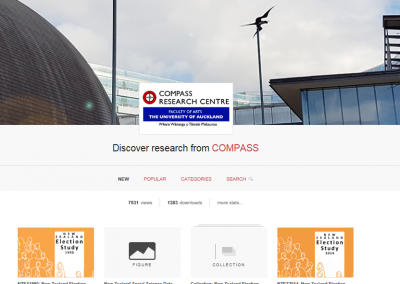
Research data publishing and preservation at COMPASS
2016, case study, Data Publishing, Research Data, Service, Training and Enablement, Workshop

Centre for eResearch machine learning service
2017, case study, Centre for eResearch, Machine Learning, Research Computing, Service
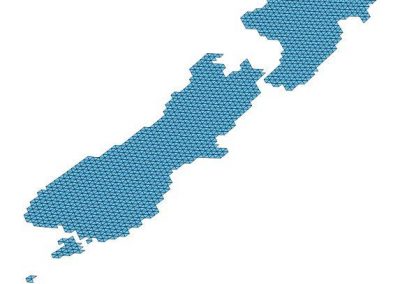
Building a discrete global grid gazetteer service
2016, case study, Centre for eResearch, Department of Computer Science, Research Computing, Service, Virtual Machines

The new Wanhal catalogue
2016, case study, Research Computing, School of Music, Service, Virtual Machines
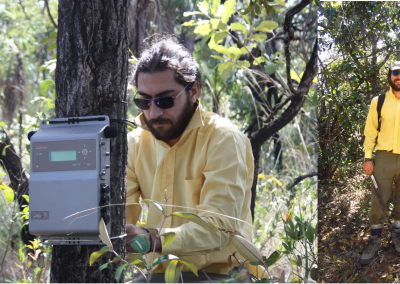
Passive acoustic modelling
2016, case study, Data Storage, Data Transfer, Research Computing, Research Data, Service, Virtual Machines
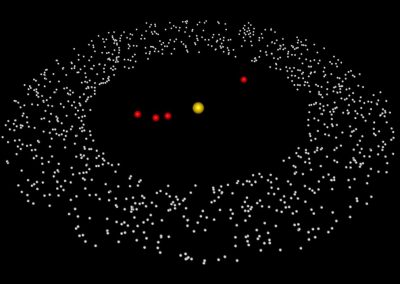
Using GPUs to expand our understanding of the Solar System
2017, case study, High Performance Computing, Research Computing, Service

Shedding new light on dark matter
2017, case study, Department of Physics, High Performance Computing, Research Computing, Service
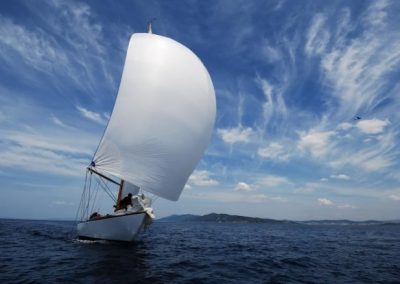
Aerodynamics modelling paves the way for improved yacht designs
2017, case study, Faculty of Engineering, High Performance Computing, Research Computing, Service
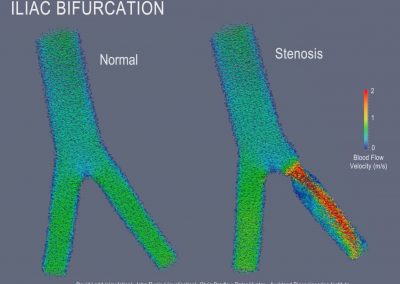
Modernising models to help diagnose or treat disease and injury
2017, Auckland Bioengineering Institute, case study, High Performance Computing, Service
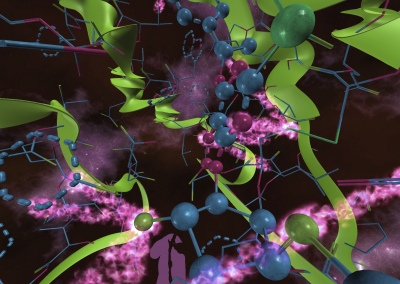
Wandering around the molecular landscape: embracing virtual reality as a research showcasing outreach and teaching tool
2017, Centre for eResearch, Data Visualisation, Department of Media Production, Liggins Institute, School of Biological Sciences, Virtual Reality

ALTER: Between human and nonhuman – a VR art exhibition
2017, Data Visualisation, Faculty of Creative Arts and Industries, Virtual Reality

Disposition of Microsoft HoloLenses for a Pop-Up Reality Shop to demonstrate the progress of a research project
2017, Augmented Reality, case study, Data Visualisation, School of Architecture and Planning, Service

Improving diagnosis for schistosomiasis by using the ‘metabolic footprint’ of urine samples from an animal model of Schistosoma infection to identify possible biomarkers
2017, case study, Instrument Data, Research Computing, Research Data, Service, Virtual Machines
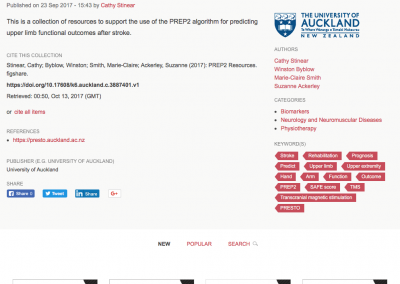
Making stroke recovery prediction tools freely available
2017, case study, Community, Data Publishing, Research Data, Service, Training and Enablement

MFT-ICR mass spectrometry data management and analysis workflow
2017, case study, Data Management, Instrument Data, Research Computing, Research Data, Service, Virtual Machines
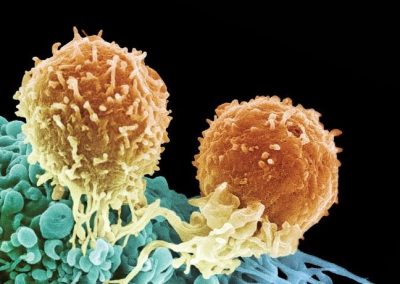
Taking a ‘Big Data’ approach to find new clinical-omic associations in cancer
2017, case study, Data Storage, Data Transfer, Department of Molecular Medicine And Pathology, Research Computing, Service, Virtual Machines

Growing Up in New Zealand
2017, case study, Data Management, Data Publishing, Research Computing, Research Data, Service, Training and Enablement, UniServices, Virtual Machines
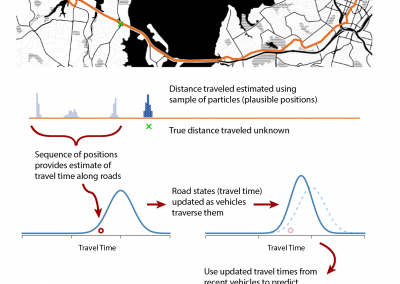
Improving arrival time predictions for vehicles in a public transport network
2017, case study, Department of Statistics, Research Computing, Service, Virtual Machines
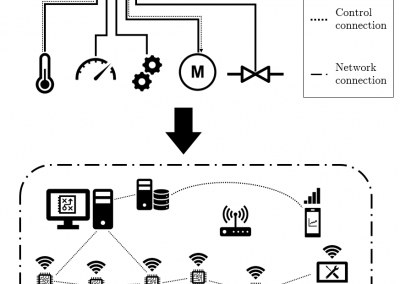
Distributed and cloud-based control at field-level for systems interacting with soft bodies
2017, case study, Department of Mechanical Engineering, Research Cloud, Research Computing, Service, Virtual Machines

Mobile Click Fraud Attack (MCFA)
2017, case study, Data Storage, Department of Computer Science, Research Computing, Research Data, Service, Virtual Machines
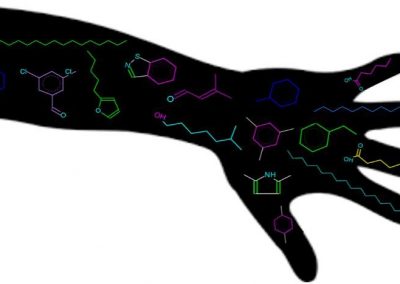
Skin-omics: exploring the volatile organic compounds on human skin
2017, case study, Instrument Data, Liggins Institute, Research Computing, Service, Virtual Machines

